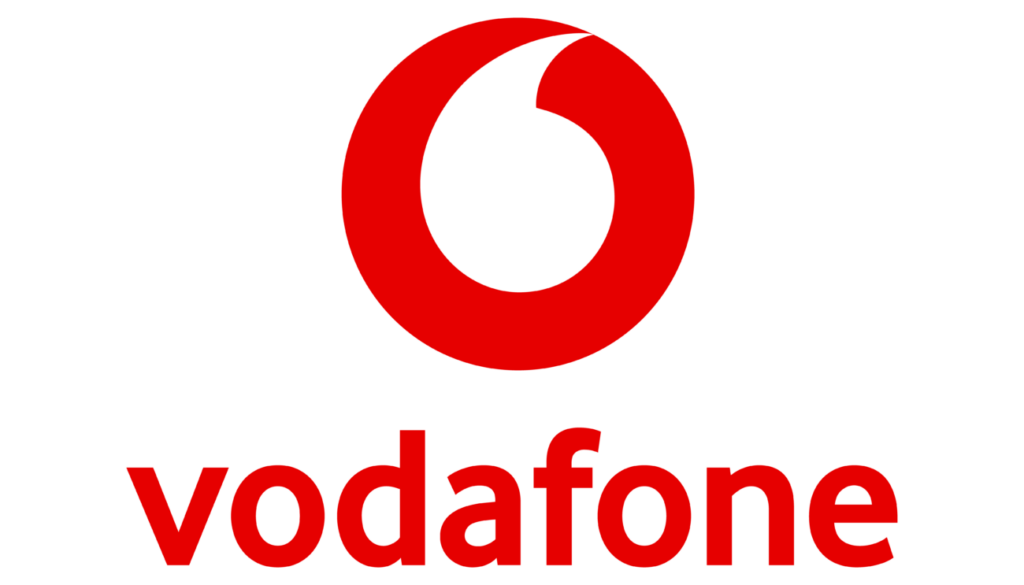Artificial Turf
The information below sets out Scottish Rugby’s requirements in relation to the use of artificial rugby turf surfaces in Scotland. Please note there are a variety of sports turf surfaces in use and that not all of these are suitable for rugby. The key consideration in relation to any surface used is whether it is safe and appropriate for the activity proposed. The welfare of the player must be the key concern of all those organising rugby based activities.
Approved Playing Surfaces
Within the World Rugby Laws of the Game, Law 1 sets out the playing surfaces which may be used for Rugby Union:
Law 1: The Ground
1. The playing surface must be safe.
2. The permitted surface types are grass, sand, clay, snow or artificial turf (conforming to World Rugby Regulation 22).
Please note – contact training and matches are not allowed on any surface which does not comply with Law 1.
The World Rugby Regulation
World Rugby has issued a Regulation on the technical standards and approval process for artificial rugby turf, World Rugby Regulation 22: Standard Relating to the use of Artificial Rugby Turf (WR Regulation 22):
WR Regulation 22 : Standard Relating to Artificial Rugby Turf
Scottish Rugby’s Regulation
Scottish Rugby has adopted WR Regulation 22 and incorporated it into our own domestic regulation, Scottish Domestic Regulation 22: Artificial Rugby Turf (SDR 22).
All those within the Scottish Rugby Union’s jurisdiction are required to comply with World Rugby Regulation 22 and Scottish Domestic Regulation 22.
Conditional Approval by Scottish Rugby
Any artificial pitch which is to be used for either Contact Training (1) or for Matches must be approved in writing by Scottish Rugby. Approval will only be granted following receipt of a satisfactory Field Test Report from an independent, World Rugby accredited test institute. Any approval provided will be “conditional” on:
1. Agreement by the site owner/operator to remove the surface from rugby use if there are any grounds to believe that it is no longer fully compliant with the standards laid out in WR Regulation 22.
2. Permanent signage being erected by the pitch entrance indicating:
1.the date on which the Scottish Rugby’s conditional approval expires/re-testing is required.
2.that the pitch has been certified as being compliant with WR Regulation 22; and
3. All injuries (other than the very minor/superficial) being reported for injury monitoring purposes.
Please remember that Scottish Rugby’s conditional approval only signifies that the surface has been independently tested for compliance with WR Regulation 22. It does not replace any duty of care by the site operator in relation to the activities it permits to take place on the surface, nor the users’ ultimate responsibility to appropriately risk assess any rugby related activities it plans to undertake.
Note 1: Please note that “contact” activities specifically include tackling, scrummaging and lineout practice.
Applying for Conditional Approval
To apply to have an artificial rugby turf surface conditionally approved for rugby use please complete and return the application form:
Please remember to enclose a copy of the independent Field Test Report with your application.
Schedule of Approved Artificial Rugby Turf Locations
Scottish Rugby maintains a register of those artificial rugby turf surfaces it has conditionally approved for use.
Please note that any venue not on the list is not “approved” and must not be used for contact rugby (whether training or playing).
Reporting of Injuries
Scottish Rugby is obliged to report to World Rugby on injuries which occur on artificial turf surfaces. We collate injury statistics in relation to all but the most trivial injuries (such as minor cuts and abrasions). Injuries occurring on any artificial turf surface (approved or otherwise) should where possible be reported within 72 hours of the incident occurring using the form below:
Artificial Turf – Injury Report Form
A Serious Injury Report Form must also be completed where a player either attends hospital or requires medical follow up as a result of an injury sustained through rugby.
Use of Rubber Crumb Infill
Artificial Grass Pitches (AGPs) provide a durable, safe, year round playing surface capable of withstanding intensive use whatever the weather. Properly maintained, AGPs can sustain significantly more use than equivalent grass pitches.
Some concerns have, however, been raised about the environmental impact of AGPs (such as rubber infill getting into ecosystems and the need to focus on end-of-life recycling). Such concerns are rightly to be taken very seriously.
In 2023, the EU placed restrictions on the sale of ‘intentionally added microplastics’, including rubber crumb infill. The EU has allowed an eight-year transition period, such that – from 2031 – rubber crumb infill won’t be able to be purchased in the EU. (This doesn’t prevent the continued use of rubber crumb in the meantime – but may make pitch maintenance in the EU more difficult after 2031).
Following Brexit, the regulation of this area now sits at a UK level – and the UK Government’s DEFRA has commissioned a review into it. This review is expected to report in 2025, and will inform any future regulatory actions in Great Britain. Meanwhile, the UK Sports Councils (including sportscotland) are working with their respective governments to understand any implications which might arise for sport.
Until there is a clearer understanding of the position going forward, the adoption of containment measures continues to be an important and responsible approach for site owners/operators in order to minimise the migration of microplastics into the environment (and may reduce infill loss by up to 98%).
Frequently Asked Questions
To assist those with queries in relation to the use of artificial turf in rugby union we have prepared a summary of Frequently Asked Questions.
Frequently Asked Questions



